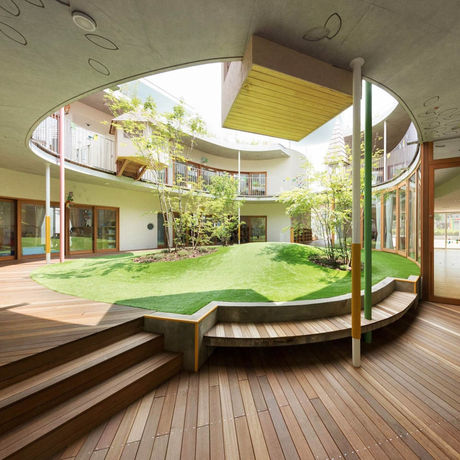


Humanity School
Education is fundamental and it's the basis for raising a golden civilization of tomorrow. I will give you some examples of how new schools work that is moving towards evolution. There is not just one way to teach but we have to adapt and expand on all possibilities. This is a philosophy of life that we have to use: to free the spirits.
I want to integrate a complete education which is based on the pillars of a Human Being:
- Spirituality
- Conscience
- Confidence and intuition
- Potentials
- Dreams, imagination and creativity
- Emotions and empathy
- Development and evolution of our senses, perceptions and intelligences
- Responsibilities
- Good citizenship towards each other (no discrimination)
- Respect for the Universe, nature and animals
- Respect for her/his body
- Health: courses on food, sex education, diseases as well as health consequences and preventions.
- How to be happy? How to love?
- How to live with our environment and how to adapt to change
- The use of all our sciences and technologies currently (such as for example: the use of social networks).
Idriss Jamil Aberkane (born May 23, 1986) is a French lecturer and essayist of Algerian origin. Known for his writings and lectures on the knowledge economy and neuroscience, he published a successful essay in 2016, entitled Free up your mind!
( © Source: www.wikipedia.org )
Green school
" We are building Green School to create a new paradigm for learning. We want children to cultivate physical sensibilities that will enable them to adapt and be capable in the world. We want children to develop spiritual awareness and emotional intuition, and to encourage them to be in awe of life’s possibilities.”
( © Source: www.greenschool.org )
Tokyo kindergarten by Tezuka Architects
The school follows the Montessori Method, an educational approach where children are given freedom to range around the classroom and learn via discovery. Rather than impose physical boundaries on the children, Tokyo-based architect Takaharu Tezuka designed the kindergarten as a continuous space that allows for unfettered learning and play. He calls his concept the "nostalgic future", where he looks at the way children would naturally choose to play without gadgets and screens, then facilitates it with future-forward designs.There is no play equipment installed, instead the architecture itself functions as a giant playground. Children are allowed to move about freely, fall down and get wet within a safe environment.
"Because the building is a ring they are looking at each other, Tezuka told Dezeen. "There is no sense of a middle. The children learn to be fair to everybody, they learn how to be a part of a nice group."
( © Source: www.tezuka-arch.com)





